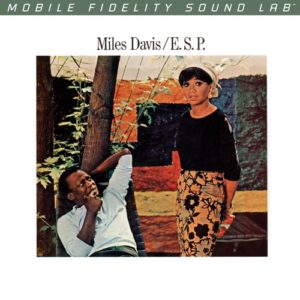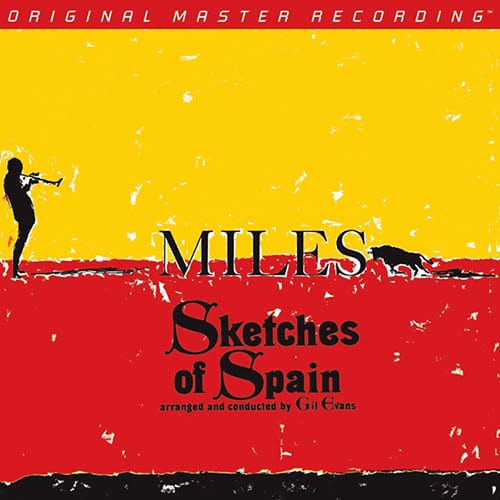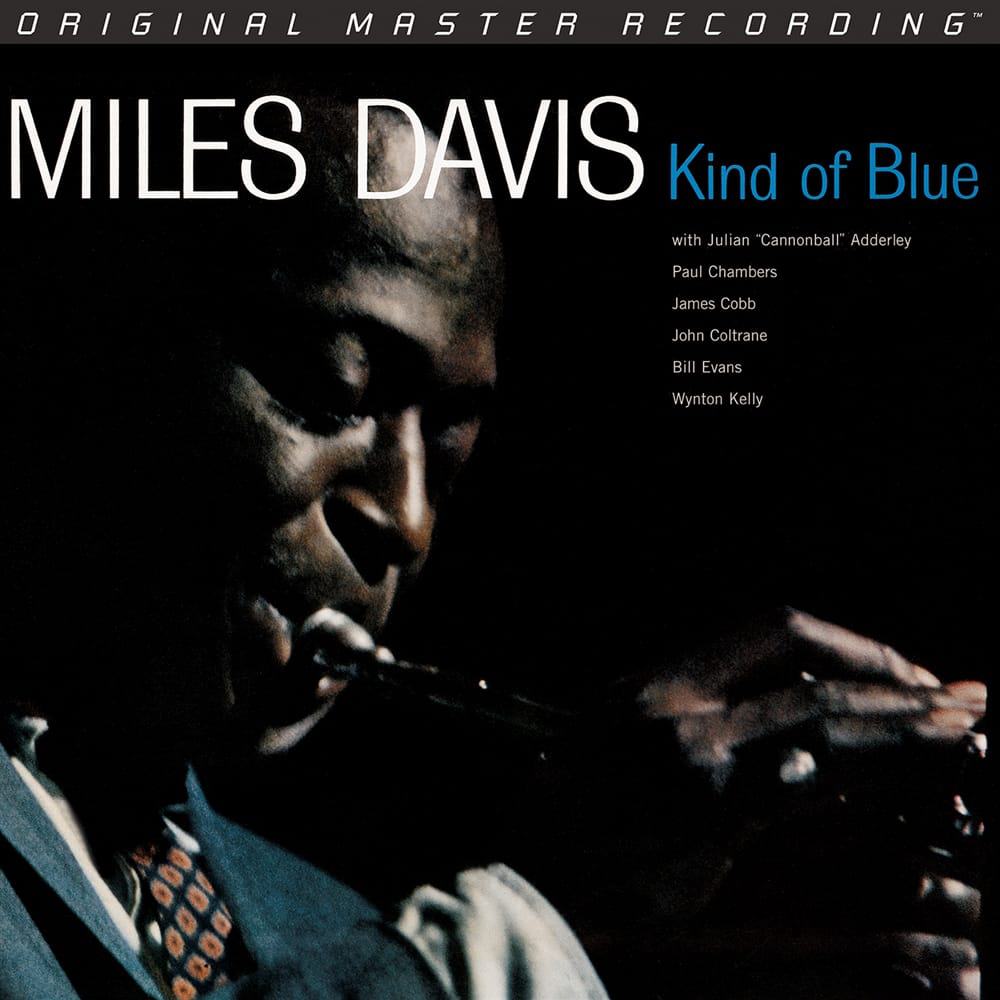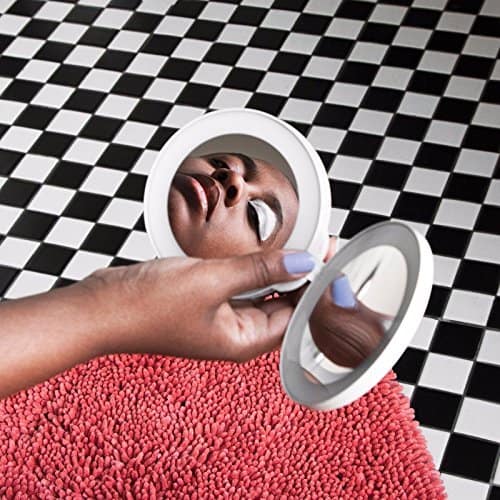Marketplace
2016 Mobile-Fidelity Sound Lab PRESSING
- Catalog Number MFSL 2-451
- Release Year 2016
- Vinyl Mastering Engineer Krieg Wunderlich and Rob LoVerde
- Pressing Weight 180g
- # of Disks 2
- Jacket Style Gatefold
- 100% Analog Mastering Yes
- 45 RPM Yes
- Pressing Plant RTI
- Original Release Year 1965
- Original Label Columbia
- Original Catalog Number CS 9150
When listening to this album I think of this band or music:
I love to pick up the strands spun by Wayne Shorter and Herbie Hancock, and then listen to their Blue Note albums from the same period as E.S.P.
I would listen to this album while:
This is such refined music that I might break out a bottle of the good stuff—and this is a record that calls more for burgundy than Bordeaux.
Music from this album would be a great soundtrack to this movie:
A major motion picture has yet to be made from the novels of Haruki Murakami, but when that happens, E.S.P.would seamlessly fit with many of his themes. He loves jazz and classical music. In real life and in several novels, jazz bars are prominently featured. And Murakami still plays vinyl!
E.S.P., released in 1965, is the first of six studio albums released by Miles Davis’ Second Great Quintet (the “SGQ”) between 1965 and 1968. The SGQ grew out of John Coltrane’s decision to leave Davis’ earlier quintet, the fumes which are documented on the 2018 vault release The Final Tour: Copenhagen, March 24, 1960 (Columbia 88985498741) with Coltrane, Davis, Wynton Kelly, Paul Chambers, and Jimmy Cobb.
Over the next decade, Davis built a radically different sound. In 1963, he hired Herbie Hancock (keyboards), Ron Carter (bass), and Tony Williams (drums), with saxophone player and composer Wayne Shorter joining the band in late 1964. The group incorporated the “new” music coming from Coltrane and Ornette Coleman into what it called “controlled freedom”—an amalgam of bop and new music resulting in a fresh form of improvisation that challenged jazz fans with unexpected sonic expressions. Rather than spotlight the cover fare the quintet favored during live performances, the group’s studio albums featured original compositions from band members—particularly Shorter-penned pieces.
E.S.P. proves more democratic than the records that followed, with a couple Shorter compositions (including the title piece) and something from everyone else in the band save Williams. While the quintet was still developing its style, its initial effort reflects a significant departure from the bop influences with which its members knew growing up. More cerebral, and in places more drone-like, than mid-1960s mainstream jazz, the music embraced unusual (for the time) compositional constructs. Much of what we know as the “ECM Sound” has its roots in these writing techniques. The SGQ members kept all the new sounds together with almost telepathic powers—maybe they had ESP.
Like all the SGQ recordings, Columbia’s sound quality on E.S.P.seemed to be in retrograde. Sonic fidelity on the originals, in comparison to Columbia’s earlier Davis recordings, comes across as threadbare and lacking in dimension. Obtaining mono copies helped at the time, but at the end of the day, something was off. Decades later, Mosaic Records produced a vinyl box set of the SGQ output that slightly improved the presentation. But the sound really wouldn’t be corrected until the 21stCentury.
Impex reissued E.S.P. in 2013 as a 33RPM LP that proved a lot more was on the recorded tapes than what comes through on the original pressing or Mosaic reissue. The previously thin, flat, lifeless sound quality was gone and in its place stood a fairly three-dimensional representation of five guys on a sound stage.
Mobile Fidelity’s 180g 45RPM 2LP gatefold set does not stem from an original first-generation tape. The “Mobile Fidelity Sound Lab” banner at the top of the front cover substitutes for the imprint’s traditional “Original Master Recording” tag. E.S.P.’s other handicap relates to the fact it was recorded in Hollywood instead of at Columbia’s superior 30thStreet studio. Against these odds, Mobile Fidelity has produced a brilliant reissue that edges out the Impex edition with better dynamic range (more bite in the horns), a little more sparkle in the drum kit, and slightly enhanced depth of image.
E.S.P.


 4.5
4.5




